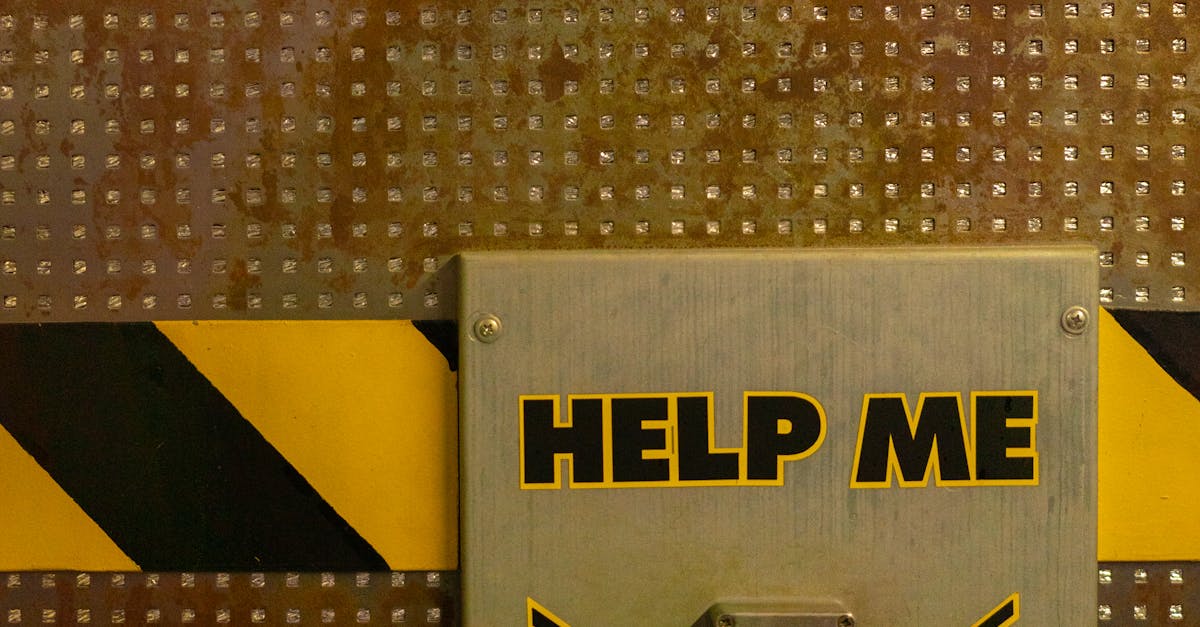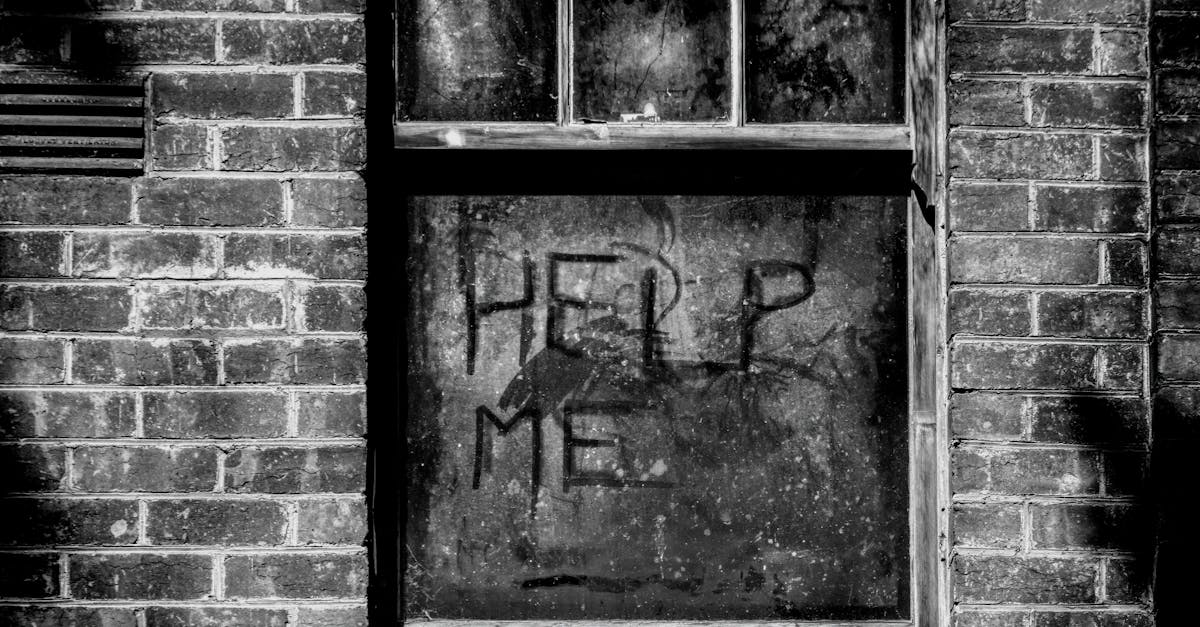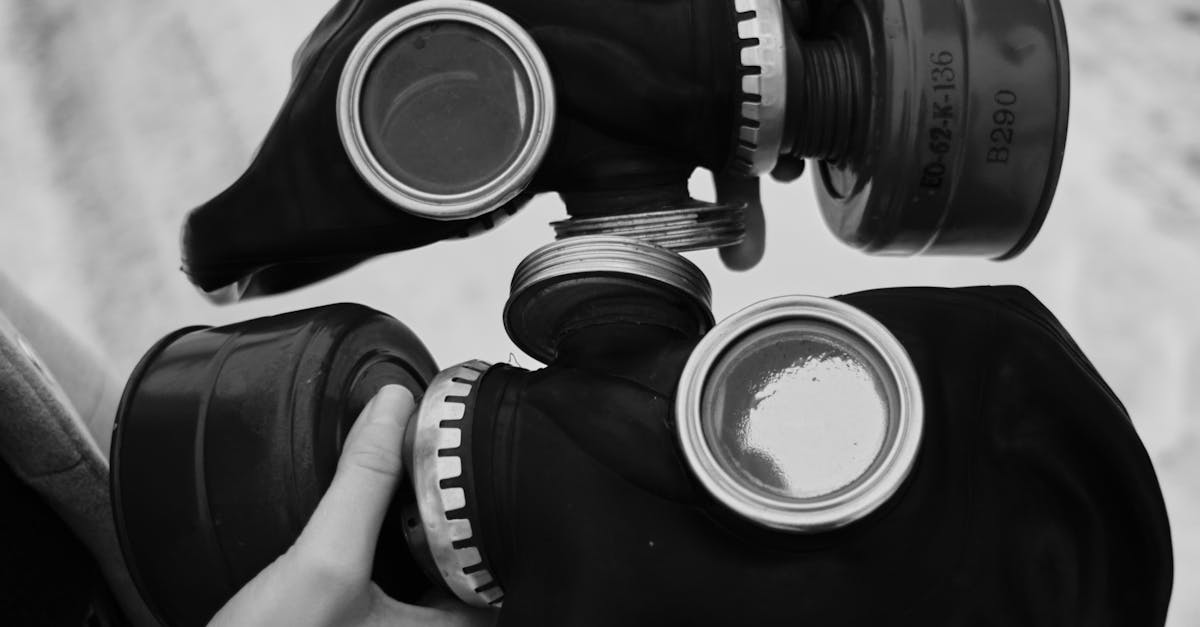
Table Of Contents
Alternative Methods to Unclog
When facing a clogged toilet, several alternative methods may help clear the blockage without resorting to chemical solutions. A natural method involves using baking soda and vinegar. This combination can create a fizzing reaction that might dislodge stubborn clogs. Begin by adding a cup of baking soda to the toilet bowl, followed by a cup of vinegar. Allow the mixture to sit undisturbed for several hours or overnight before flushing with hot water. If plumbing issues persist, a plunger often proves effective. By creating a strong suction and pressure, a plunger can help break up and move the clog along the drain.
Another technique involves using a toilet auger, also known as a plumbing snake. This tool reaches deep into the pipes and can break up or retrieve objects that are causing the blockage. Insert the auger into the toilet bowl and gently twist and push until you feel resistance. Once you have reached the clog, continue twisting and pulling to clear the obstruction. After using an auger, flushing the toilet several times ensures everything flows smoothly. Proper maintenance and occasional toilet repairs can help prevent future clogs and prolong the life of your plumbing system.
Common Household Solutions to Try
Many homeowners can often resolve minor clogs using simple household solutions. One of the most effective methods is the use of hot water. Pouring a bucket of hot water into the toilet can help to break down stubborn blockages without the risk of damaging the pipes. Before attempting this, ensure the water is not boiling, as extreme heat may crack the porcelain. Additionally, dish soap can be employed to lubricate the clog. By pouring a generous amount into the bowl, you allow the soap to work its way through, helping to loosen the blockage.
Another common approach involves the use of a plunger. A standard cup plunger is usually sufficient for most toilet repairs. It creates a seal around the drain and allows for controlled pressure application, which can dislodge clogs effectively. For particularly challenging clogs, a plumbing snake may be necessary. This tool can reach deeper into the plumbing and address blockages that other methods may miss. Regular maintenance and prompt attention to any clogs can save both time and potential costs related to more extensive toilet repairs.
Preventing Future Clogs
To prevent future clogs, adopting good habits during toilet use is essential. Avoid flushing items that can easily block the plumbing system, such as wipes, feminine hygiene products, and excessive amounts of toilet paper. Educating all household members about what is safe to flush can significantly reduce the risk of clogs. Regular monitoring for any signs of a slow drain can also help in taking prompt action before it escalates to more severe blockage.
Proper maintenance of your toilet will alleviate the need for frequent toilet repairs. Regularly check the components of the toilet system for wear and tear. This includes inspecting the flapper, fill valve, and supply line, as these parts can affect the flushing efficiency. Keeping an eye on these elements ensures the toilet functions well, thus reducing the likelihood of clogs and the resulting inconvenience.
Best Practices for Toilet Maintenance
Regular maintenance of your toilet can significantly reduce the likelihood of clogs and other issues. Routine inspection is essential. Look for leaks around the base and check the condition of the flapper and flush valve. These are common areas that can lead to problems if not addressed promptly. Additionally, ensure that the toilet tank is properly filled and that the water level stays within the marked guidelines. This simple step can improve flushing efficiency and prevent unnecessary toilet repairs.
Using the toilet for its intended purpose is crucial in preventing clogs. Avoid flushing items like paper towels, feminine hygiene products, or excessive toilet paper. These materials can lead to blockages in the plumbing system. Educating family members, especially children, about what is safe to flush can alleviate future complications. Keeping a plunger handy is also a smart practice. It allows for quick action in case of an unexpected clog, minimizing the need for toilet repairs down the line.
The Role of Drain Cleaners
Drain cleaners can be an effective solution when dealing with a clogged toilet, especially in cases where conventional methods have not yielded results. These chemical solutions work by breaking down the materials causing the blockage, allowing for easier flow through the pipes. Many homeowners appreciate the convenience of simply pouring the cleaner into the bowl and letting it sit for a specified time before flushing. However, it's crucial to follow the manufacturer’s instructions to avoid any potential damage to the plumbing system.
While drain cleaners may offer immediate relief, there are potential risks involved. Chemical solutions can be harsh on older plumbing systems, leading to corrosion over time. For those facing frequent clogs or more severe plumbing issues, relying solely on drain cleaners might mask underlying problems that require professional toilet repairs. Understanding the limitations and risks associated with these products can help homeowners make better-informed decisions for their plumbing needs.
Effectiveness of Chemical Solutions
Chemical drain cleaners can be effective in breaking down minor clogs caused by organic materials such as hair, soap scum, and toilet paper. These solutions typically contain strong acids or alkaline substances designed to dissolve blockages. However, the effectiveness often diminishes with severe or persistent clogs, which can complicate the situation. In many cases, relying solely on chemical solutions may lead to additional toilet repairs if the clog is not fully cleared.
While chemical cleaners may provide a quick fix, they carry potential risks. Harsh chemicals can damage plumbing fixtures if used improperly, leading to costly toilet repairs. Furthermore, these solutions can be harmful to the environment and should be used with caution. Homeowners often find it beneficial to explore alternative methods or combine approaches for a more comprehensive unclogging strategy.
FAQS
How long does it usually take for a toilet to unclog itself?
The time it takes for a toilet to unclog itself can vary widely, but generally, it may take anywhere from a few minutes to several hours, depending on the cause of the clog and how severe it is.
What are some common signs that a toilet is clogged?
Common signs of a clogged toilet include slow drainage, water backing up in the bowl, gurgling sounds, and water rising above the normal level in the bowl after flushing.
Are there any household methods to help a clogged toilet unclog itself?
Yes, common household methods include using hot water, dish soap, or baking soda and vinegar. These can help break down the clog and may allow the toilet to unclog itself, but effectiveness can vary.
When should I consider calling a plumber for a clogged toilet?
If the toilet remains clogged after several attempts to clear it using household methods, or if you notice persistent gurgling sounds, water backing up in other drains, or risk of overflow, it’s time to call a plumber.
Can using chemical drain cleaners help unclog a toilet?
Chemical drain cleaners can be effective for some clogs, but they often don't work on toilet clogs due to the nature of the blockage. Additionally, they can damage plumbing and are not recommended for toilet use. Always check the product label before use.



















